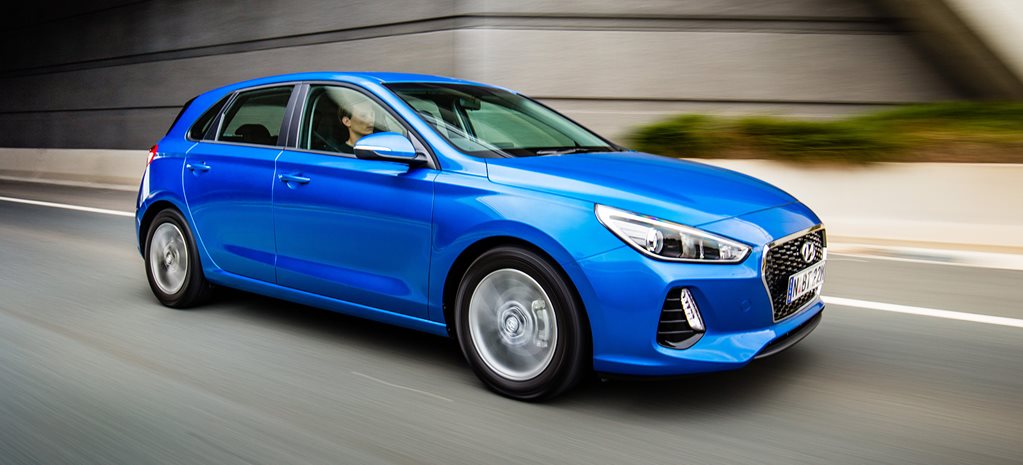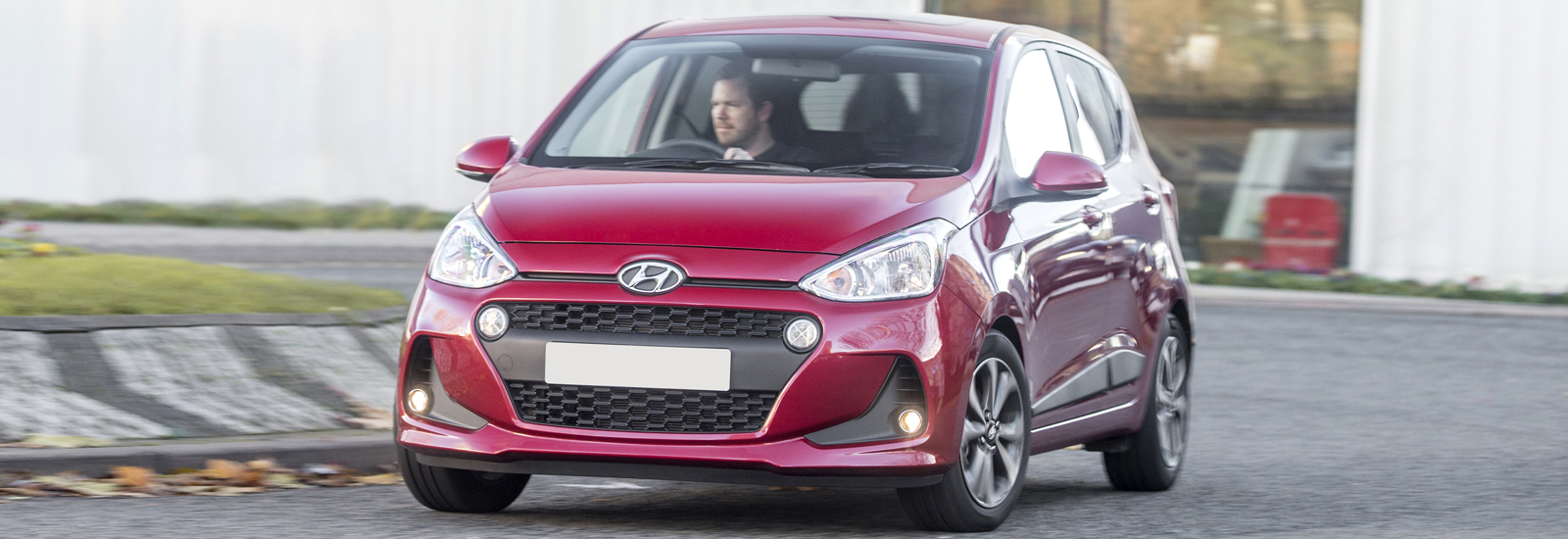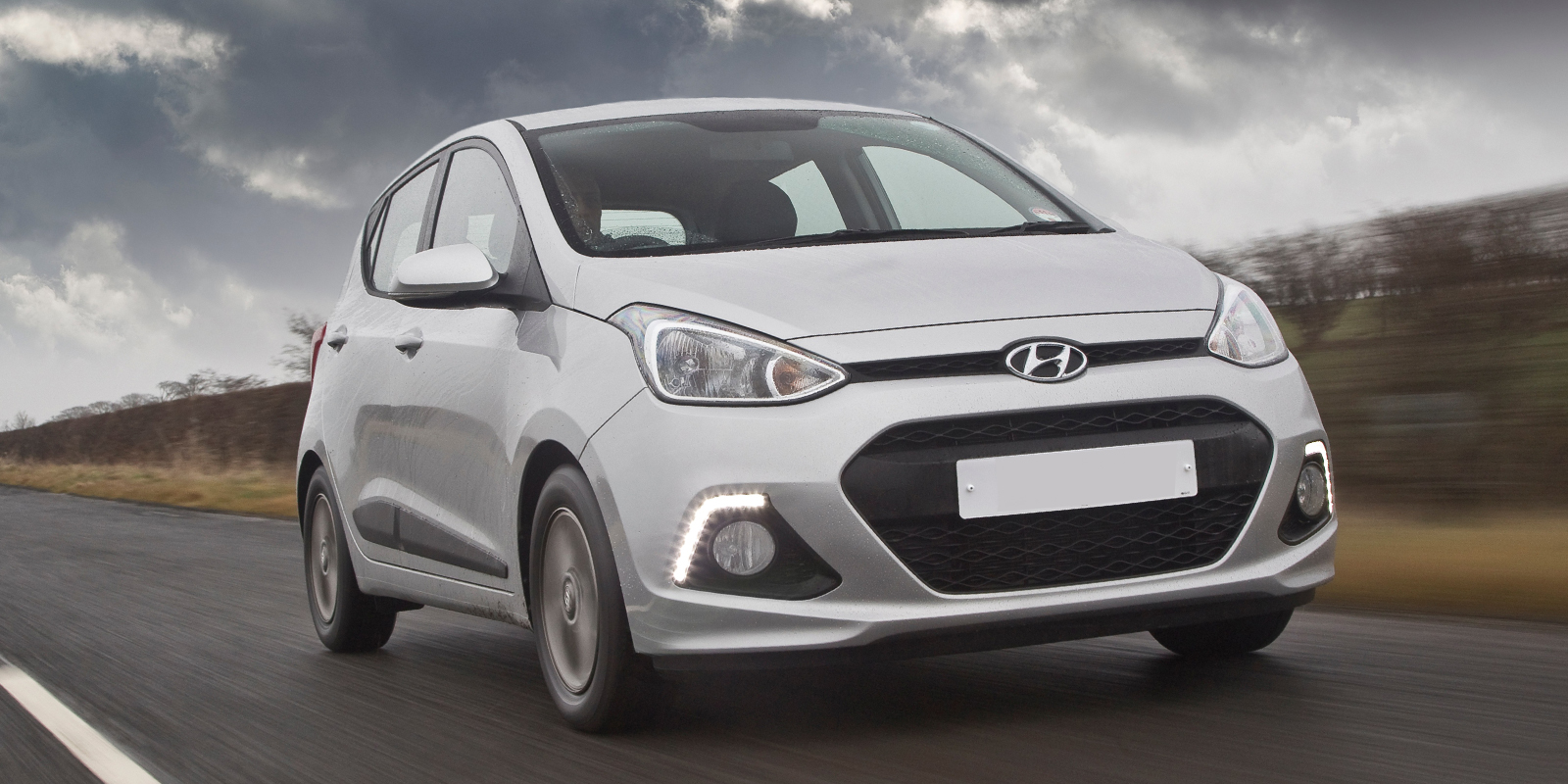The Hyundai i30 is Korea’s answer to the Ford Focus and is a safe option for consumers who love a conservative car. It offers consumers value for money, safety and a neat, smart-looking package in the one vehicle.

This sporty family hatchback comes in various versions including three and five-door models. While its exterior options are limited compared to competitors, most buyers aren’t fussed due to the Hyundai’s highly affordable entry price. The five-year unlimited mileage warranty is also very appealing to buyers. The main benefit of the Hyundai i30 is that it’s practical and easy to drive.
Reviewers claim that the Hyundai i30 is “not as much fun or punchy” as a Ford Focus or VW Golf, but this vehicle is cheap to buy and run.
Interior Styling
The Hyundai i30’s up-front cabin is practical. If you live in your car, you’ll love the deep console and large door bins, tray sections and a large glove box. There’s also a clever little hatch release button, which makes it easy for drivers and passengers alike to stash their belongings. There are also moulded rear door bins for backseat passengers, which are split into three sections. There’s even a section big enough to store bottles.
This car is comfortable and the seats are firm and offer good support. There’s plenty of leg and headroom for rear passengers too. If you are tall, you’ll love the Hyundai i30. Designers have made the cushioning deep in the back seat row, so passengers won’t be looking at their knees on a long drive.
If you’ve got cargo you’ll find the boot space a good width, however the cargo net is missing in the cheaper versions of this vehicle. Seats can be folded down into a completely flat position or the typical 60:40 ratio.
In terms of tech the Hyundai i30 has some great offerings including Pandora internet radio, smart key and push button start, 7” LCD media, Sat Nav and steering wheel controls.

Exterior Styling

The Hyundai i30 was actually designed by its European contingent in Germany. This has been good for the i30, since designers have delivered more “adventurous chiselled lines” and “fluidic sculpture” into this version’s exterior design.
There are three trim levels on offer for the new i30 including Active, Elite and Premium.
Features include a sportier look, more steeply curved windscreen, more streamlined headlights and a large hexagonal grille. This new look is making waves and offering good competition to Hyundai’s main competitors - Toyota, GM and Volkswagon.
Performance
Here’s a quick overview of the 2016 Hyundai i30:
- Good for relaxed city motoring and easy acceleration
- Low-rev performance is good
- Generous torque when going up hills
- Engine is more convincing that the 1.8 in other i30s
- Generally quiet inside from noise from tyres and roads
- Is capable
- Suspension is “taut” but compliant
- Good mix of control and comfort
- Deals with bumps well due to 17-inch wheels
- Corners well but you can hear the front wheels working harder with more speed and push
- Six-speed auto is middle ground
- Shifts are smooth and predictable
- Steering can be spongy, swift in response
- Steering can heavy in sporty driving scenarios
Summary
For the price, the i30 is a good deal for busy consumers looking for a safe, and spacious vehicle that handles well. While it isn’t breaking any new ground, the long warranty, capped-price servicing makes the Hyundai i30 a nice package for mid-range hatchback buyers.
Specifications
- Country of origin: South Korea
- Engine: 2.0-litre four-cylinder petrol
- Power: 124kW at 6500rpm
- Torque: 201Nm at 4700rpm
- Fuel use: 7.7L/100km
- CO2 emissions: 179g/km
- Transmission: 6-speed auto, front-wheel-drive
- Weight: 1283kg
- Safety: 7 airbags; stability control
Article source:












